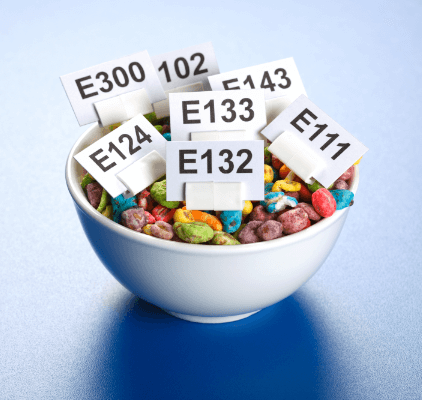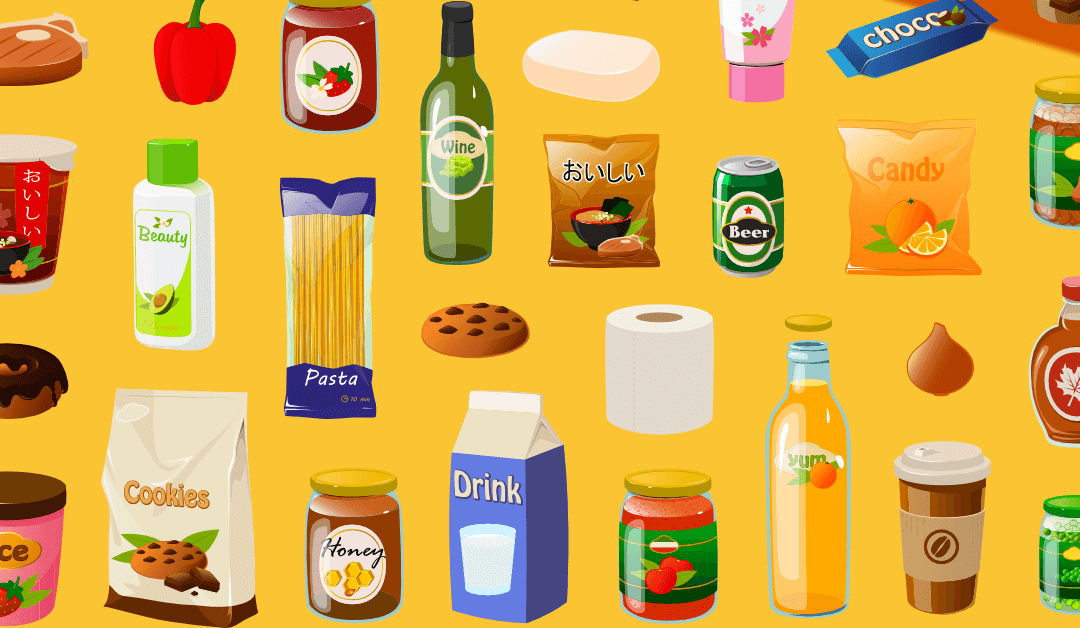Processed food has become a scary term lately. The truth is though that we have been processing food for thousands of years. Some foods, like meat and eggs, have to be cooked, which is a form of processing, to become safe. So processing itself is not an issue.
It does become one when it gets out of hand, as it has done with most of the food sold in supermarkets. In this post, I’ll explain a few things you might want to know so you can make more informed decisions about what kind of food you eat.
Healthy processing
Processing food simply means that you change it in some way. Cooking, grinding, even mixing food with other substances, like water, is a form of processing. Healthy processing changes food so we can more easily digest it, makes it safe to eat or more nutritious.
Lentils, for example, need to be soaked first and then cooked to make them palatable. Raw beef is actually dangerous and heating up eggs changes the proteins in the egg white, so our bodies can absorb them.
Unhealthy processing
When we talk about processed foods though we usually mean the unhealthy kind: Food that has been changed so much that it is unrecognisable. In the supermarket processed foods are easy to spot. They have an ingredients label.
But even here there are different levels of processing. Two steps determine how unhealthy the end result is: the first is taking the natural food apart and the second one is adding additives.
Taking food apart
What I mean by “taking food apart” is any process that destroys the natural structure of the food: cutting, chopping, grinding and chemically dissolving. The more steps there are the unhealthier the end-result.
Why? Because our bodies are perfectly adapted to digest natural foods and the systems in place cannot handle completely altered food.

Flour is a great example. The original version of flour was just ground up kernels. Today, most refined flours have had the nutrient-rich bran and the germ removed. It gets worse, though. In some countries manufacturers use strong chemicals to bleach the flour.
The end result is a very fine powder that is unhealthy, even if you ignore the toxic chemicals or are lucky enough to live in the EU where they are banned. Fine flour molecules have a much bigger surface area. Our bodies absorb it faster and in greater quantities so that most of us eat far too many carbohydrates from an early age on, which completely derails our glucose metabolism and makes us sick.
Additives

After they stripped the food of its natural nutrients, manufacturers add chemicals. Some are additives, like water-soluble fibre or vitamins.
Others make the food even more unhealthy. Sugar is a popular additive because it’s addictive. Other chemicals increase the shelf-life of a product or change its colour or texture.
Some additives are even toxic. I know because they are banned in Europe while still used in the US. You can easily find lists with banned additives, like this one, by searching on the internet.
Five days after I went sugar-free, I took processed foods from the menu too. By that I mean heavily processed foods and anything that contains wheat flour. I am not making my own pesto yet.
How do I know what to buy?
Food labels are a great help! If the list is long, I won’t even bother to read it. Anything with added sugar, no matter what name is used on the label, is off limits. Once I made that decision, the first thing I noticed was that most of the food sold in supermarkets is processed. I shop a lot faster these days because I only have to go through a few isles.
The cost was also a surprise. I was ready for a much higher food bill. Turns out unprocessed food goes a long way! There’s really only so much broccoli I can eat and a couple of table spoons of roasted seeds are plenty. Our bodies are made to eat this food so once I reset my metabolism and was healthy again, the signals were very clear.
Yes, unprocessed food takes a bit longer to prepare but that’s just at the beginning. After a few weeks, routine sets in. And when I do buy already processed food, like pesto, I know what to look for so I can make a healthier choice. It’s all about balance and making an informed choice.
The Dodo Munches cannot and does not contain medical/health advice. The information is provided for general informational and educational purposes only and is not a substitute for professional advice. Please read the full disclaimer here.

